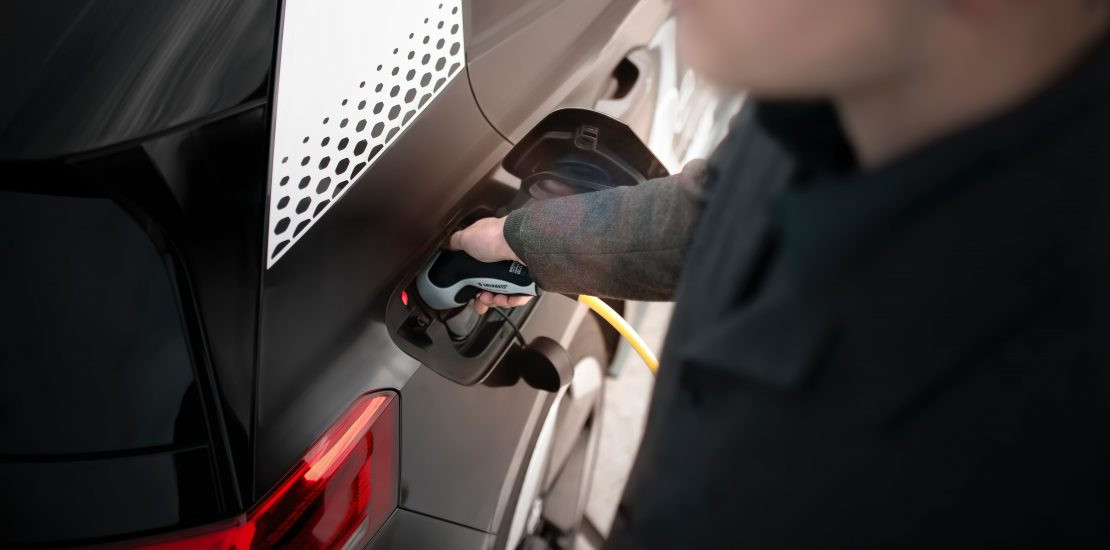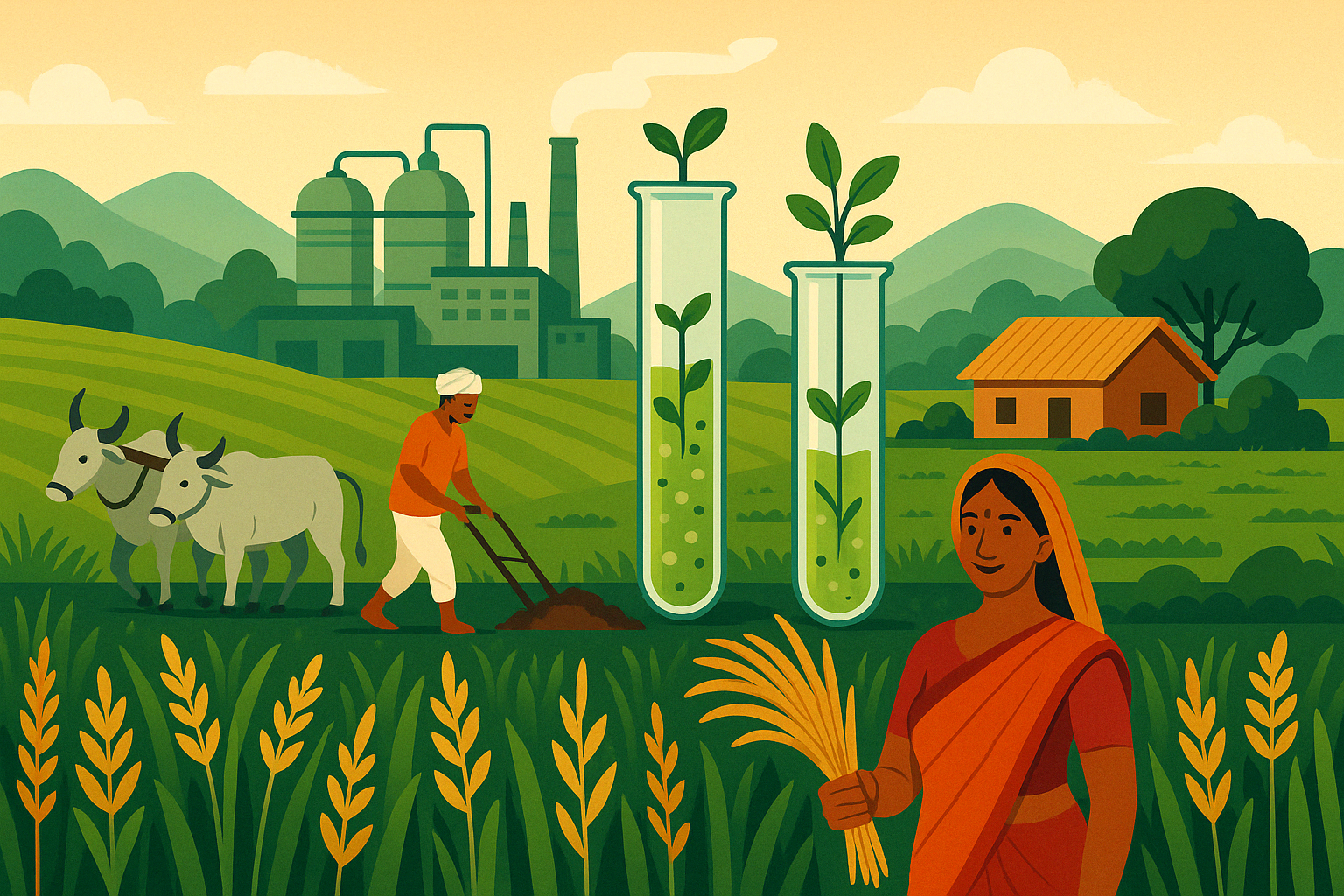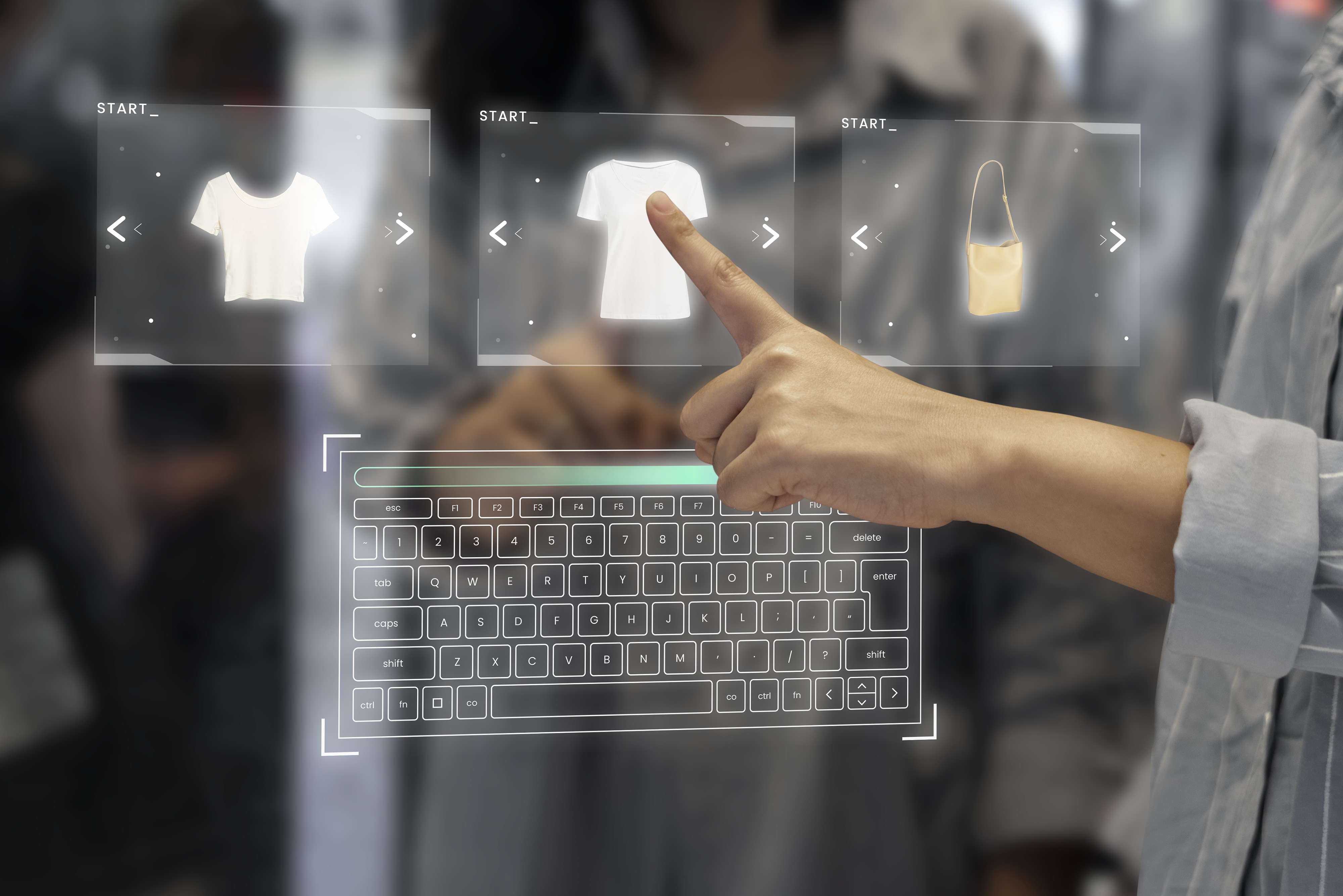Introduction
The basis of the roadmap to limit global warming to 1.5 degrees Celsius above pre-industrial levels is vital to achieving net-zero global emissions by 2030. Many producers of original equipment are thus setting ambitious deadlines for decarbonization to meet the challenge. Since 65 to 80 per cent of the emissions produced by a car are from tailpipe emissions, and the related indirect emissions are from the supply of fuel, the industry has concentrated on electrifying powertrains. However, players in the zero-carbon automotive industry now need to focus on material emissions to achieve the maximum potential of automotive decarbonization and achieve it.
Transportation emissions, mainly road, rail, air, and marine transport, accounted for a major chunk of global CO2 emissions. They are also expected to expand faster than any other industry, posing a major challenge to emissions reduction efforts in line with the Paris Agreement and other global targets. Decarbonizing the transport sector will generate a safer, healthier, and more sustainable future. And without losing the interconnectedness we have come to expect from modernity, it can be achieved.
According to IEA estimates, global transport sector energy intensity (total energy consumption per unit of GDP) dropped by 2.3% in 2019 after falling an average of 1.4% per year between 2000 and 2018. However, energy intensity must drop by 3.2% annually from 2020 to 2030 – more than double the annual average rate of decrease since 2000 – to put transport efficiency on track with the Sustainable Development Scenario (SDS).
Few key facts mentioned by IEA
- Despite rapid increases in CO2 emissions from ships and planes, road vehicles account for three-quarters of transport emissions.
- Car buyers continue to purchase larger, heavier vehicles in the United States and increasingly in Europe and Asia. This trend is common to all vehicle markets and has led to a slackening – or in some cases even reversal – of national rates of fuel consumption improvements.
- By making the most of emerging technology, smart pricing, and further supporting the move to lower emission transport modes, increasing the performance of the transport system,
- By introducing low-emission alternative transport energy sources, such as advanced biofuels, electricity, hydrogen, and renewable synthetic fuels, removing barriers to transport electrification,
- We are heading towards cars with zero emissions. Although there will be a need for more changes to the internal combustion engine, Europe needs to speed up the transition to low- and zero-emission vehicles.
Fundamental Measures Adopted by the Automobile and Transport Industry to Reduce CO2
EmissionsElectric Vehicles
In electric vehicles, the fuel consists of electricity contained in batteries in the form of chemical energy. They do not release emissions and have high performance while their autonomy is reduced. For this purpose, their primary design is targeted at urban vehicles, and capability is reduced in most designs.
Hybrid Vehicles
Two engines that combine fossil fuel and electricity are built into these vehicles. These constitute one of the developments in the transition to genuinely sustainable automobiles. This is an ingenious idea for people who want a high-range vehicle's efficiency and minimize use and contamination.
Hydrogen vehicles
The hydrogen vehicle's core is the fuel pile that removes electrons from hydrogen to turn them into electricity. The fuel stacks have reached good levels of performance and compactness, reaching modern driving speeds.
Vehicles Propelled by Compressed Air
Currently, in a very advanced production stage, this type of vehicle operates with an engine whose fuel is compressed air contained in the tanks it carries. The driving force is generated from the compressed air expansion fed into a closed chamber (the cylinder) that drives the pistons that produce the motor's stroke. The compressed air's energy capacity is quadratically proportional to the load, so any improvement in power and autonomy requires aerodynamic design, minimal weight and high road efficiency.
International Shipping
To minimize CO2 emissions, shipping and improved route and logistics planning should be adapted to slower traffic. In addition, ships can be designed with improved propellers, using hulls with less water resistance and new forms of smooth bottom paint. Wind and solar power can also be used together with improved engine technology.
Transport by Passenger Air
Passenger aircraft can become much more fuel-efficient. Building materials may be thinner. Reducing air drag from aircraft and replacing hydraulics with electric motors is possible. In a much better way, solar energy can be used there. Powerful and environmentally friendly fuel cells will generate electricity for the aircraft's electrical installations. It is possible to reduce flight speeds if passengers can tolerate longer flight times. Aeroplanes can be supplemented with high-speed trains for routes under 800 kilometres. Fossil fuels can be supplemented with biofuels for aircraft engines.






